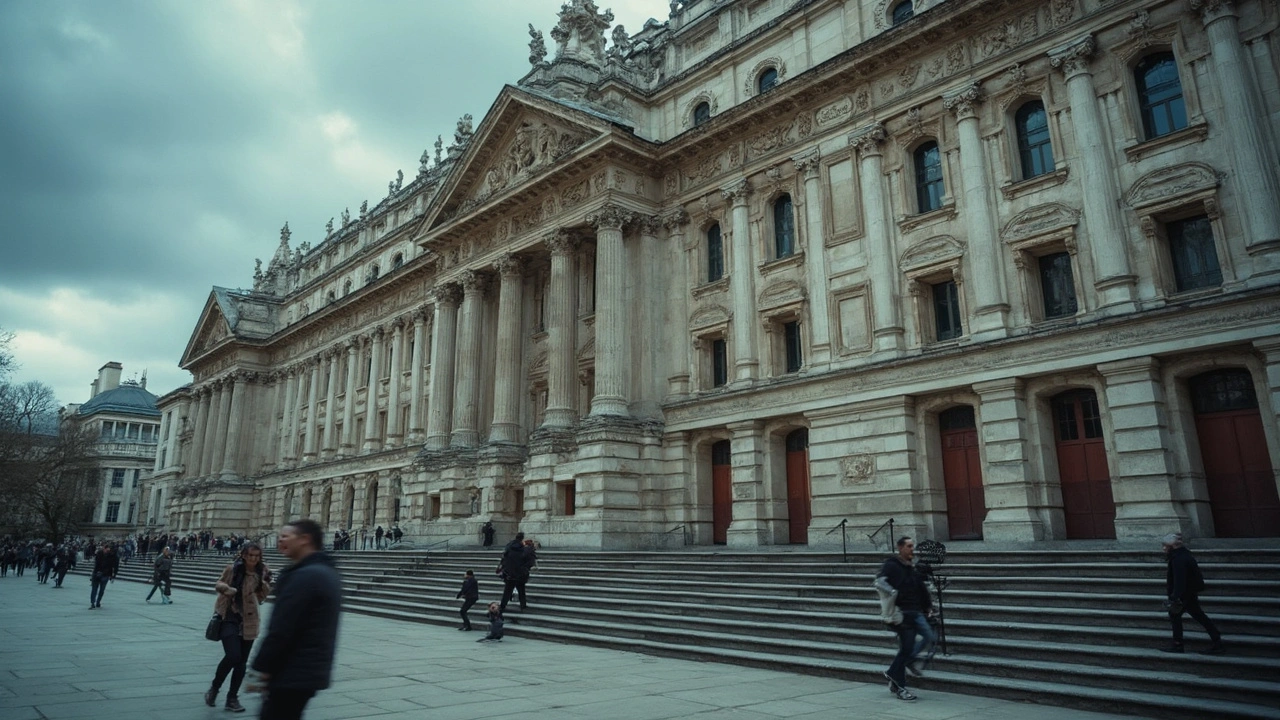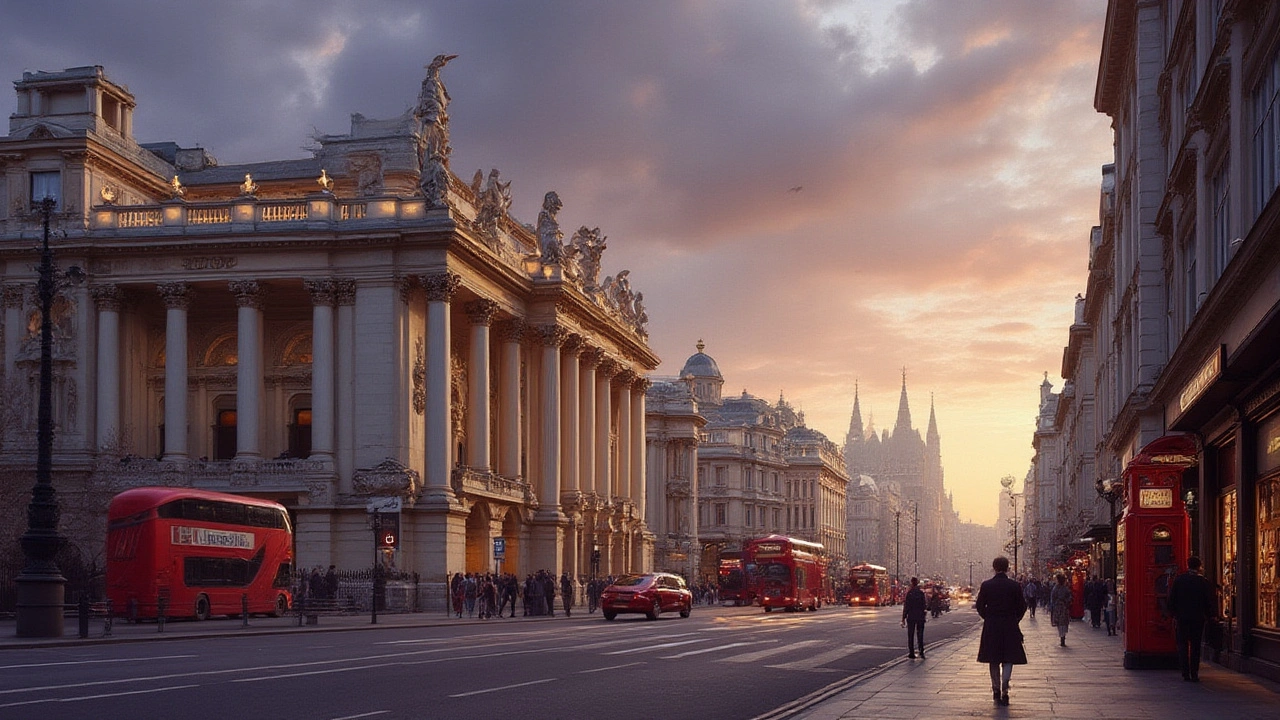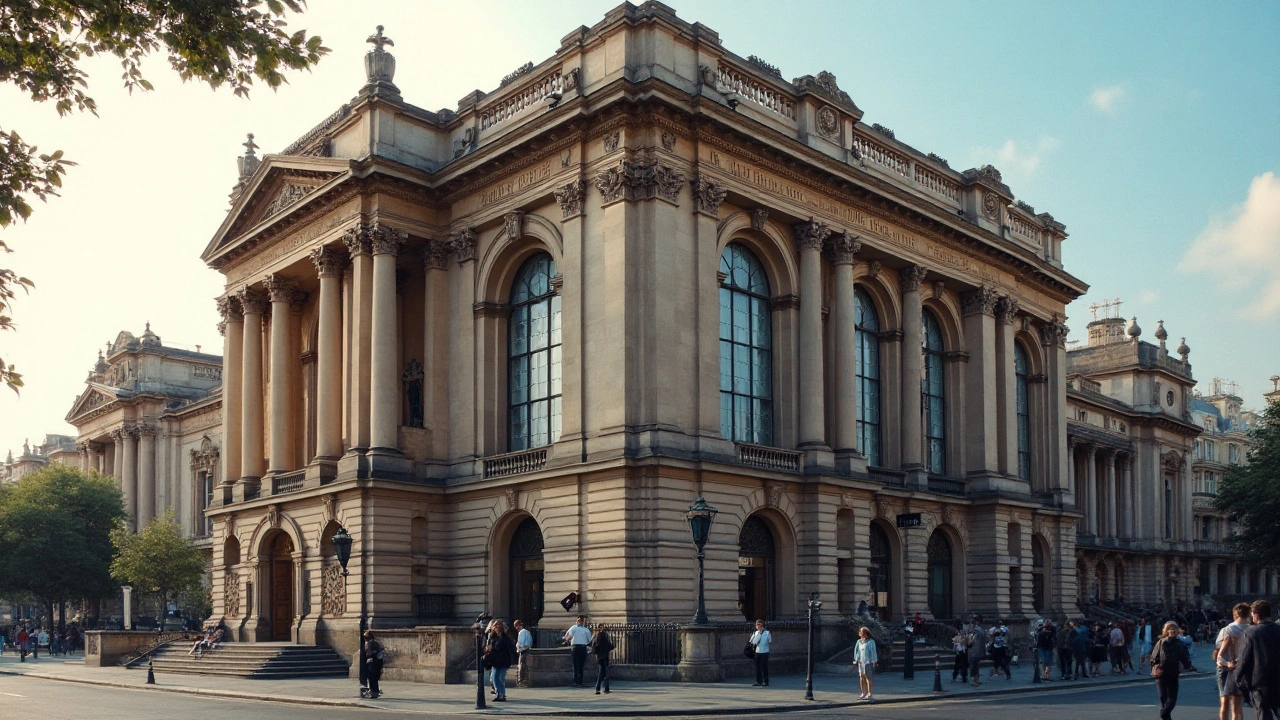Unlock the secret rules of Beaux-Arts architecture. See how it shapes our cities, why it's so dramatic, and what makes this grand style still matter today.
Beaux-Arts Architecture: Timeless detail, big presence
Beaux-Arts architecture began at the École des Beaux-Arts in Paris and spread across the world in the late 1800s and early 1900s. It taught designers to mix classical orders, sculpture, and dramatic symmetry into large civic and commercial buildings. You see Beaux-Arts in train stations, museums, libraries, and courthouses — places meant to impress and last.
How do you spot it fast? Look for symmetry, grand staircases, classical columns, arched windows, sculpted friezes, and heavy cornices. Common materials include stone, carved terra cotta, bronze, and sometimes steel frames hidden inside massive facades. Famous examples are the Palais Garnier in Paris, Grand Central Terminal in New York, and the New York Public Library.
The style shaped whole cities through the City Beautiful movement. Architects used Beaux-Arts ideas to plan broad boulevards, civic centers, and ceremonial parks. That influence shows in Chicago’s 1893 fair and Washington’s McMillan Plan, both aimed at order and grandeur.
Why does Beaux-Arts keep coming back? People love clear composition and handcrafted detail in a world of fast trends. Modern architects borrow its scale and ornament for hotels, museums, and upscale housing while using new materials and sustainability measures.
Key features to spot
Start with overall symmetry, then check the entrance for a grand staircase or raised portico. Look for paired columns, rounded arches, roofline statuary, and decorative panels filled with myth or history. Windows are often tall with keystones and deep sills.
Restoration and modern use
Repair work should match original profiles and materials whenever possible to keep visual integrity. Energy upgrades like insulation and efficient glazing can be added sensitively without losing character. Adaptive reuse turns banks or post offices into hotels and galleries while keeping facades intact. Hiring specialists who understand historical coatings, metalwork, and carved stone avoids costly mistakes.
Want to preserve a Beaux-Arts building? Start with a condition survey, fix leaks, match old mortars, and protect carved elements before replacing them. Use gentle cleaning, avoid abrasive sandblasting, and hire a masonry conservator for complex repairs. If you want Beaux-Arts flair at home, try a grand entry, layered moldings, a statement stair rail, and classical light fixtures. Small accents like cartouches, mirrored panels, and carved fireplace surrounds add that formal feel without heavy costs.
When surveying a building, take clear photos of details and note any maker's marks or dates. Record changes like added entrances or removed ornament; these tell a building's history. Local preservation groups often have old photos and plans that clarify original looks. If you plan repairs, get cost estimates for like-for-like materials and for reversible modern improvements. Good records make future work cheaper and keep the building honest to its original design. Plan for phased work.
Beaux-Arts tells a clear story: careful design, bold public ambition, and skilled craft. Walk your city with fresh eyes and point out the grand doors, paired columns, and sculpted panels. You'll start spotting Beaux-Arts everywhere.
Explore the enduring appeal and fascinating stories behind Beaux-Arts architecture, its origins, significance, design tips, and global impact.
Explore how Beaux-Arts architecture transformed city design, influenced urban planning, and left a legacy on skylines around the world. From grand buildings to boulevards, see its mark everywhere.
Discover how Beaux-Arts architecture has left a lasting imprint on societies around the globe. From grandiose public buildings to elegant private homes, this architectural style has both shaped cityscapes and influenced modern design principles. Learn about its origins, key features, and notable examples that continue to be celebrated today.



